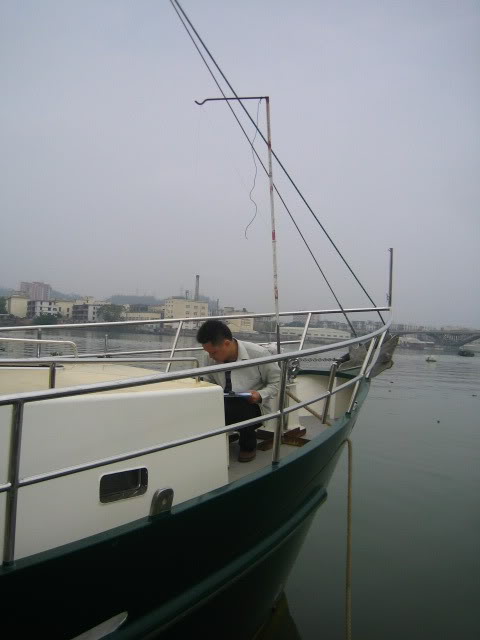On a commercial boat in the US an incline test is to assess the stability to carry passengers for HIRE$$$$.
The PAX weights have been raised , I think its now 185 LBS per .
We have done it with plastic 55G drums lined along one rail, and the water measured to get to the weight with the USCG watching.
The boat can loose 1/2 the freeboard (water to deck edge) or less with the rated PAX weight.
A port hole counts as deck edge , unless the port is fitted with a (usually metal ) internal cover that must be dogged underway.
OF more interest to the usual pleasure owner is the roll period , determined by rocking the boat from side to side (a couple of folks running to & fro) to get the boat rolling.
From fully down on one side till back depressed on that side is the roll period.
Too quick (hard chines?) and the boat will be a vomit comet, too slow is also a problem.
The real question is the speed of reverse accelerations , that's where the biggest discomfort comes from.
Slow easy , even deep, rolls are a good candidate for flopper stoppers .


